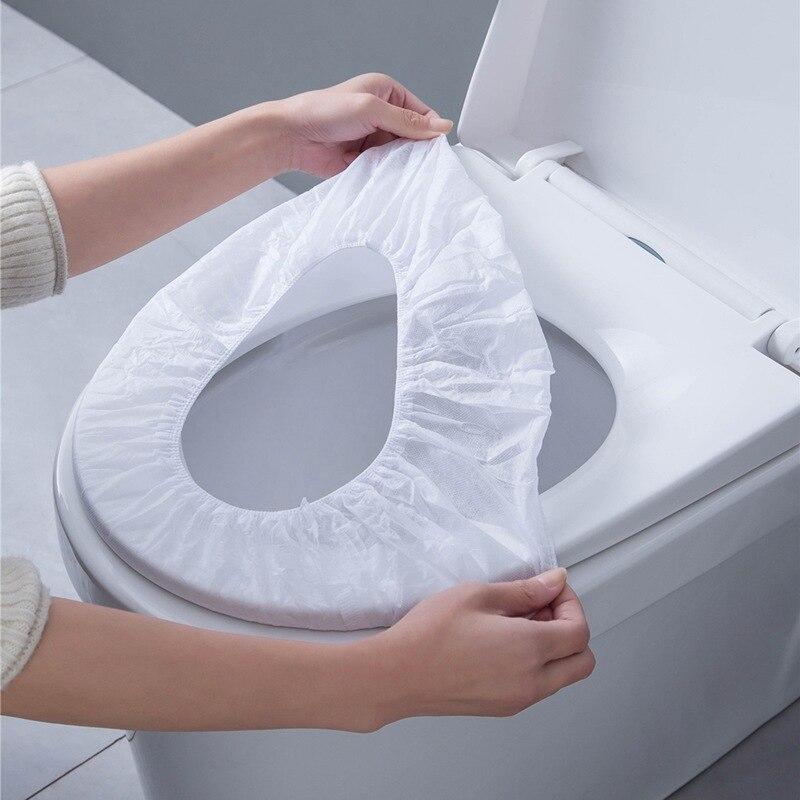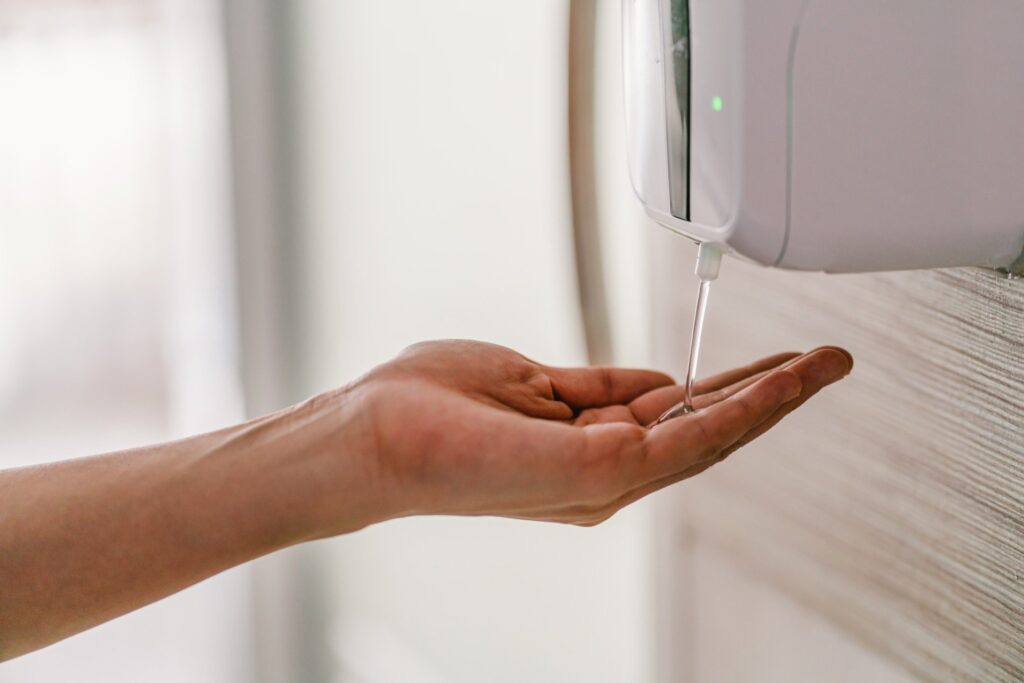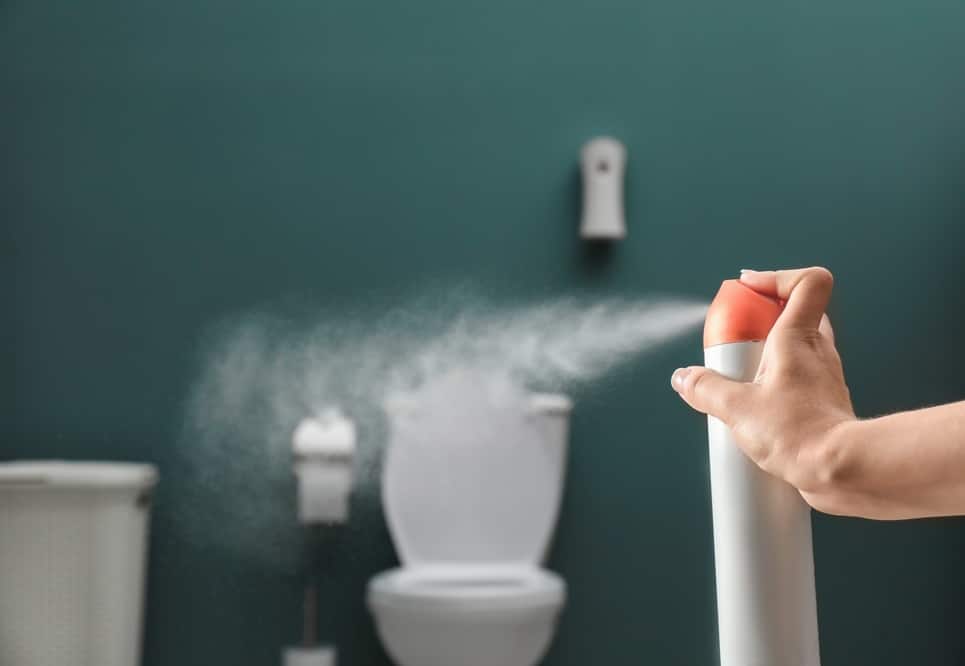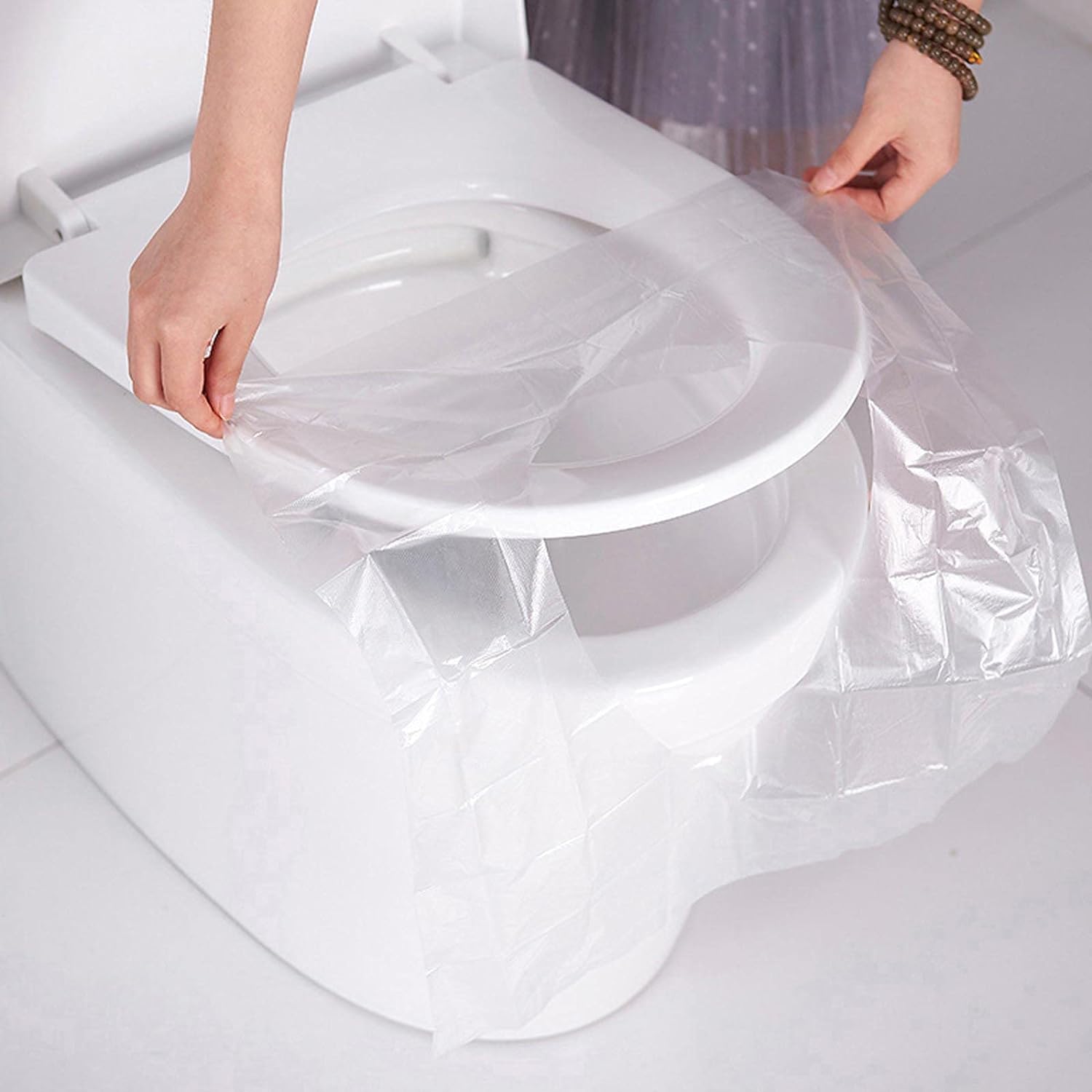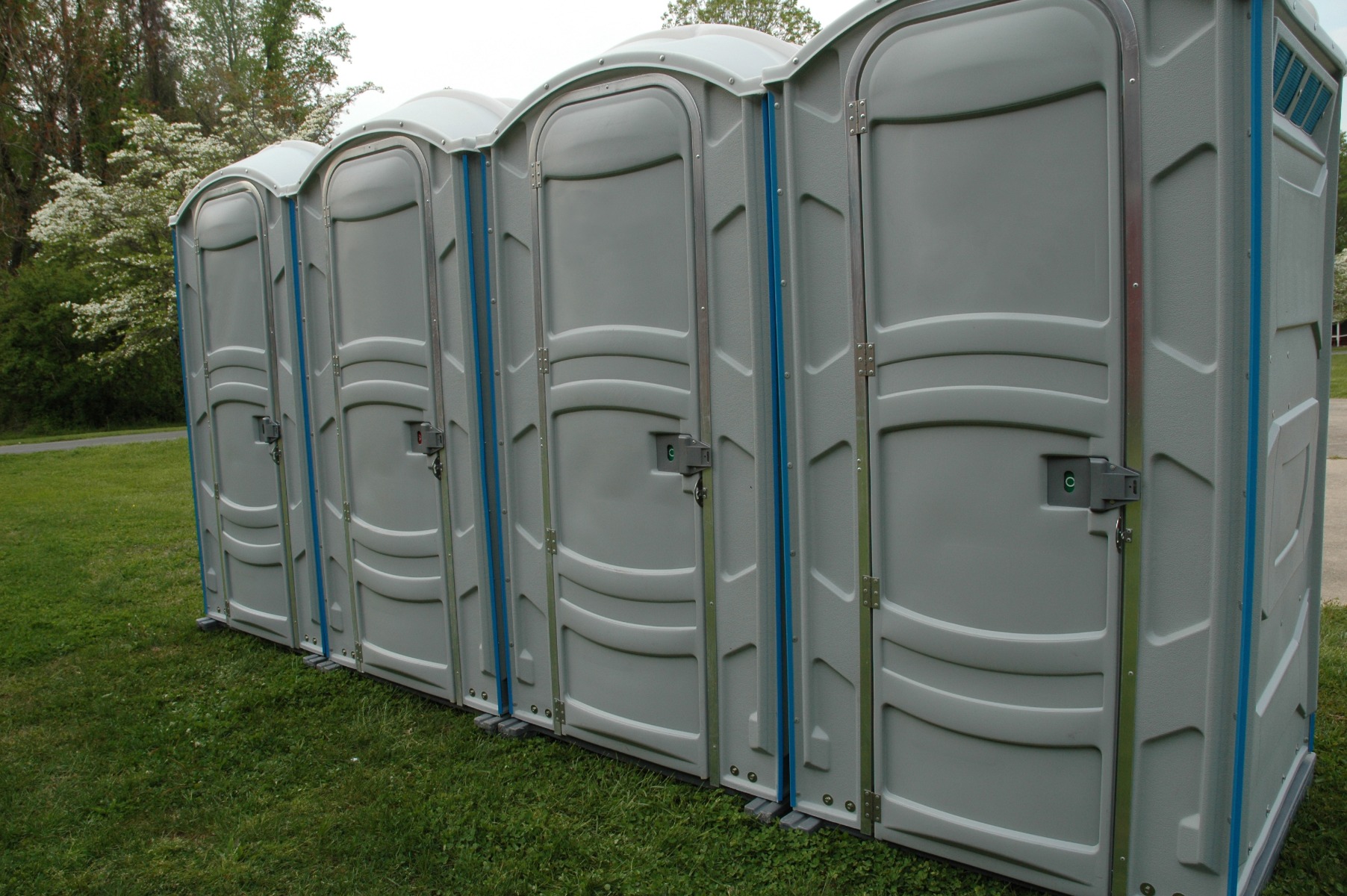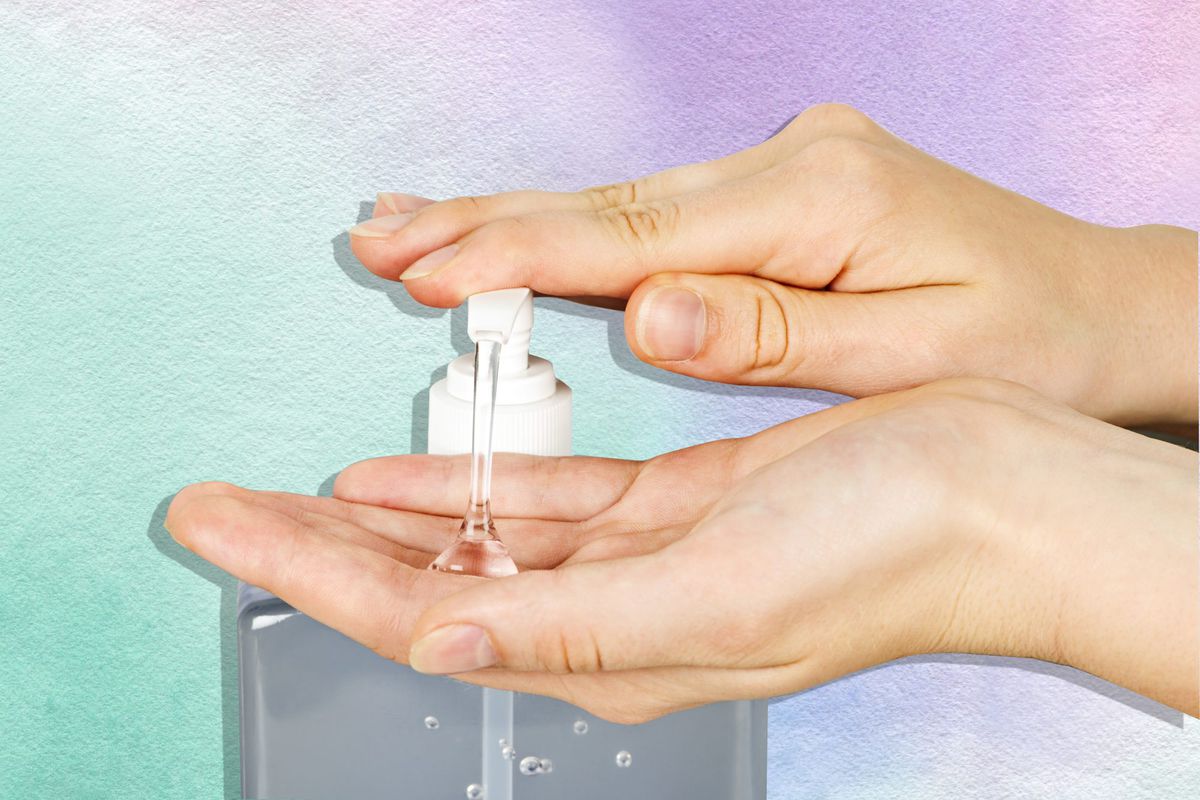Portable restrooms are a common solution for temporary sanitation needs at events, construction sites, and outdoor venues. However, ensuring cleanliness and hygiene in these portable facilities can be challenging due to frequent usage. Disposable seat covers have emerged as an effective solution to maintain sanitary conditions within portable restrooms. These seat covers are designed to provide a hygienic barrier between the user and the toilet seat, minimizing the risk of exposure to germs and bacteria.
For instance, consider a hypothetical scenario where a large music festival is taking place over the weekend. With thousands of attendees expected, maintaining clean and sanitized portable restrooms becomes crucial for the event organizers. In such cases, disposable seat covers offer a convenient and cost-effective solution. By providing individual protective barriers for each user, these seat covers help prevent the spread of diseases and promote better hygiene practices among festival-goers.
Disposable seat covers come in various types catering to different preferences and requirements. One commonly used type is paper-based seat covers that are lightweight, easy to use, and biodegradable. These covers typically come in packs or rolls with perforations for effortless tearing off before use. Another popular option is plastic-based seat covers which offer greater durability and water resistance compared to their paper counterparts. Additionally, some disposable seat covers are infused with antibacterial agents or fragrances to enhance cleanliness and minimize odors.
To use disposable seat covers, simply place one on the toilet seat before sitting down. Once you’re done using the restroom, you can dispose of the cover in the appropriate waste bin provided within the portable restroom. It is important to note that these seat covers are designed for single-use only and should not be flushed down the toilet.
When it comes to purchasing disposable seat covers, they are readily available at most stores specializing in sanitation supplies or online retailers. You can choose between different quantities and types based on your specific needs. Additionally, some companies offer rental services where they provide and maintain a supply of disposable seat covers for events or construction sites.
In conclusion, disposable seat covers offer a practical solution for maintaining cleanliness and hygiene in portable restrooms. They provide a protective barrier between users and toilet seats, reducing the risk of exposure to germs and promoting better sanitation practices. Whether it’s for a large event or a construction site, incorporating disposable seat covers can significantly improve the overall experience and well-being of individuals using portable restrooms.
Types of Seat Covers
Types of Disposable Seat Covers for Portable Restroom Rental
Imagine attending a music festival on a sweltering summer day. As you make your way through the crowd, searching for relief from the scorching heat, you stumble upon a row of portable restrooms. The thought of using one immediately triggers discomfort and unease. However, what if there were disposable seat covers available to protect you from unsanitary conditions? In this section, we will explore the various types of seat covers commonly found in portable restroom rentals.
To begin with, let’s consider the different materials used for disposable seat covers. These coverings are typically made from biodegradable paper or plastic, ensuring easy disposal without harming the environment. Both options offer their own advantages: paper covers tend to be more absorbent and comfortable, while plastic covers provide an additional layer of protection against moisture and germs.
Next, it is important to understand that seat covers come in different shapes and sizes to accommodate various toilet designs. Some may have pre-cut holes for easy installation, while others require tearing along perforated lines to fit snugly over the seat. This customization ensures that individuals can find a suitable option regardless of restroom type or size.
Now let us delve into some notable features that differentiate disposable seat covers. Consider these factors when choosing the most appropriate cover:
- Thickness: Thicker seat covers provide added comfort and peace of mind.
- Adhesive Backing: Some seat covers feature adhesive strips on the backside to ensure they stay securely in place during use.
- Embossed Patterns: Certain brands emboss patterns onto their seat covers not only as decorative elements but also to enhance grip and prevent slipping.
- Dispensing Methods: Seat covers can be conveniently dispensed through wall-mounted dispensers or individually packed for personal carry.
By offering this range of choices, manufacturers cater to diverse preferences and needs among users who prioritize hygiene and sanitation.
In conclusion, understanding the different types of disposable seat covers available for portable restroom rentals is crucial. Whether it be paper or plastic, pre-cut or tear-to-fit, these covers offer an effective barrier against unsanitary conditions. In the following section, we will explore the benefits of using seat covers and how they contribute to a more sanitary restroom experience.
Table:
| Feature | Advantage |
|---|---|
| Thickness | Provides added comfort and peace of mind |
| Adhesive Backing | Ensures secure placement during use |
| Embossed Patterns | Enhances grip and prevents slipping |
| Dispensing Methods | Convenient dispensers or individual packs for personal carrying |
Benefits of Using Seat Covers
Now that we have explored the various types of disposable seat covers, let us shift our focus to their associated benefits.
Benefits of Using Seat Covers
Types of Disposable Seat Covers for Portable Restroom Rental
In the previous section, we discussed the different types of seat covers available for portable restrooms. Now, let’s delve deeper into each type and explore their unique features and benefits.
To illustrate the effectiveness of disposable seat covers, consider this scenario: Sarah is hosting an outdoor event with several portable restrooms. She wants to ensure that her guests feel comfortable using these facilities while maintaining hygiene standards. By providing disposable seat covers, she not only promotes cleanliness but also enhances the overall restroom experience for her attendees.
Disposable seat covers come in various forms, each designed to cater to specific needs and preferences. Here are some common types:
- Paper Seat Covers: These lightweight seat covers are made from biodegradable materials such as recycled paper or pulp. They provide a hygienic barrier between the user and the toilet seat, preventing direct contact and minimizing the risk of contamination. Easy to use and dispose of after each use, paper seat covers offer convenience without compromising on sanitation.
- Plastic Seat Covers: Ideal for high-traffic areas or events where durability is crucial, plastic seat covers offer enhanced protection against moisture and bacteria. Made from polyethylene material, they are waterproof and resistant to tearing or ripping. These sturdy seat covers ensure long-lasting comfort while maintaining hygiene standards.
With disposable seat covers in place, users can enjoy peace of mind knowing that they have taken an extra step towards safeguarding their health and well-being. Consider the following emotional responses that individuals may experience when provided with disposable seat covers:
- Relief: Knowing that there is a protective barrier between them and potentially unsanitary surfaces brings a sense of relief.
- Comfort: Disposable seat covers enhance comfort by providing a clean seating surface.
- Confidence: Users feel more confident about using portable restrooms when equipped with disposable seat covers.
- Satisfaction: The availability of disposable seat covers reflects a commitment to customer satisfaction through attention to hygiene.
| Type | Material | Features |
|---|---|---|
| Paper Seat Covers | Recycled paper | Biodegradable, lightweight, easy to use |
| Plastic Seat Covers | Polyethylene | Waterproof, tear-resistant, durable |
As we have explored the various options for disposable seat covers, it is evident that these simple additions can make a significant impact on restroom experiences. In the next section, let’s dive into the specifics of paper seat covers and uncover their unique advantages in more detail.
Paper Seat Covers
Types of Disposable Seat Covers for Portable Restroom Rental
After exploring the benefits of using seat covers in portable restrooms, let us now delve into the different types available in the market. To illustrate this further, consider a scenario where an event organizer is preparing for a music festival that will attract thousands of attendees over multiple days. The organizers are aware of the importance of maintaining cleanliness and hygiene in their portable restrooms to ensure a positive experience for all visitors.
When it comes to paper seat covers, they are among the most commonly used disposable seat cover options. These thin sheets of paper provide a barrier between the user and the toilet seat, minimizing direct contact and reducing potential exposure to germs and bacteria. Paper seat covers come in various sizes to fit different toilet seats and can be easily disposed of after use. Additionally, they often feature flushable designs, allowing users to discard them directly into the toilet bowl without any hassle or mess.
- Waterproof plastic seat covers: Designed with durability in mind, these waterproof covers offer added protection against moisture and spills.
- Biodegradable seat covers: Ideal for environmentally conscious individuals or organizations, these seat covers are made from materials that decompose naturally over time.
- Antimicrobial seat covers: With built-in antimicrobial properties, these seat covers inhibit the growth of bacteria and help maintain a cleaner restroom environment.
- Fragranced seat covers: Infused with pleasant scents such as lavender or citrus, these coverings enhance restroom experiences by providing a fresh aroma.
In addition to understanding the different types through descriptions, it can be helpful to see them visually compared side by side. The following table showcases four common types of disposable seat covers:
| Type | Material | Features |
|---|---|---|
| Paper | Thin paper | Flushable, easy to dispose of |
| Waterproof plastic | Plastic | Resistant to moisture and spills |
| Biodegradable | Natural fiber | Environmentally friendly, decomposable |
| Antimicrobial | Specialized coating | Inhibits bacterial growth |
By offering a range of choices, portable restroom rental companies ensure that event organizers can select the seat covers that best align with their specific needs and preferences. Now let’s explore another type: plastic seat covers, which provide unique advantages in terms of durability and ease of use.
Plastic Seat Covers
In addition to paper seat covers, another commonly used type of disposable seat cover for portable restroom rental is the plastic seat cover. These covers are made from a durable and waterproof material that provides an added layer of protection and hygiene for users.
To illustrate the practicality of plastic seat covers, let’s consider a hypothetical scenario: Imagine attending an outdoor event with hundreds of attendees. As the day progresses, it starts raining heavily, leaving the ground muddy and damp. Despite these unfavorable conditions, the organizers have wisely provided plastic seat covers in each portable restroom. This simple measure helps to ensure that users can use the facilities without coming into contact with wet or dirty seats, maintaining a clean and comfortable experience.
Here are several key features and benefits associated with plastic seat covers:
- Waterproof: Plastic seat covers effectively shield users from any moisture on the toilet seat.
- Durability: The sturdy nature of plastic makes these covers resistant to tearing or damage during use.
- Easy to Use: They come in convenient packaging and can be quickly placed over the toilet seat without any hassle.
- Hygienic: Plastic materials provide a barrier between users’ skin and potentially unsanitary surfaces.
To further emphasize their effectiveness, we can compare different types of disposable seat covers using a table:
| Feature | Paper Seat Covers | Plastic Seat Covers |
|---|---|---|
| Material | Thin paper sheets | Durable plastic |
| Water Resistance | Low | High |
| Tear Resistance | Moderate | High |
| Ease of Use | Simple placement | Simple placement |
As seen in this comparison, while both paper and plastic seat covers serve their purpose well, plastic ones offer superior water resistance and durability. This makes them ideal for situations where there may be higher levels of moisture or usage intensity.
Transitioning smoothly into our next section about “Biodegradable Seat Covers,” it is important to explore environmentally friendly alternatives that cater to the growing demand for sustainability. By acknowledging this need, we can ensure a well-rounded understanding of disposable seat cover options available in the market.
Biodegradable Seat Covers
Plastic Seat Covers:
In the previous section, we discussed the benefits and features of plastic seat covers for portable restrooms. Now, let’s explore another type of disposable seat cover: biodegradable seat covers. To further understand their significance and impact, consider this hypothetical scenario:
Imagine a music festival that attracts thousands of attendees each year. With such a large crowd, maintaining cleanliness and hygiene in the restroom facilities becomes crucial. In this case, using biodegradable seat covers can be an excellent choice due to their environmentally friendly properties.
Here are some key aspects to know about biodegradable seat covers:
- Eco-friendly material: Biodegradable seat covers are typically made from renewable resources such as plant-based materials or recycled paper pulp.
- Reduced environmental impact: Unlike traditional plastic seat covers which take hundreds of years to decompose, biodegradable options break down naturally within a short period, minimizing harm to the environment.
- Compostable: These seat covers are often designed to be compostable, allowing them to return nutrients back into the soil after decomposition.
- Versatile usage: Biodegradable seat covers can be used in various settings beyond music festivals, including outdoor events, construction sites, parks, and more.
To illustrate the differences between plastic and biodegradable seat covers clearly, please refer to the following comparison table:
| Plastic Seat Covers | Biodegradable Seat Covers | |
|---|---|---|
| Material | Non-renewable plastics | Renewable plant-based |
| Decomposition Time | Hundreds of years | Short period |
| Environmental Impact | High | Low |
| End-of-life Option | Waste disposal | Composting |
With these factors in mind, event organizers should carefully consider which type of disposable seat cover aligns best with their sustainability goals while ensuring optimal hygiene for restroom users. Choosing the right seat cover is essential to provide a comfortable and eco-friendly experience for attendees.
Now let’s move on to understanding how to choose the right seat cover solution.
Choosing the Right Seat Cover
Biodegradable seat covers are an eco-friendly option for portable restrooms, as they are designed to break down naturally over time. These seat covers are made from materials that can decompose without leaving harmful residue in the environment. For example, let’s consider a case study of a music festival that prioritizes sustainability. The organizers opt for biodegradable seat covers to minimize their ecological footprint and promote responsible waste management.
When choosing the right disposable seat cover for your portable restroom rental, there are several factors to consider:
- Material: Biodegradable seat covers can be made from various materials such as paper, plant-based fibers (like bamboo or sugarcane), or even compostable plastics like PLA (Polylactic Acid). Consider which material aligns with your environmental goals and offers the desired level of comfort.
- Thickness and Durability: Ensure that the seat cover is thick enough to provide adequate protection while also being durable enough to withstand regular use. A flimsy seat cover may tear easily, compromising hygiene standards.
- Ease of Disposal: Look for seat covers that can be easily disposed of in an environmentally friendly manner. Some options come with specific instructions on how to dispose of them properly, ensuring minimal impact on the environment.
- Cost-effectiveness: Evaluate the cost per unit when comparing different types of biodegradable seat covers. While some premium options might offer additional features or branding opportunities, it’s essential to find a balance between quality and affordability.
Consider this table showcasing various types of biodegradable seat covers:
| Seat Cover Type | Material | Features |
|---|---|---|
| Paper | Recycled paper | Affordable and readily available |
| Bamboo | Bamboo fibers | Naturally anti-bacterial properties |
| Sugarcane | Bagasse (fibrous pulp) | Sturdy and moisture-resistant |
| Compostable Plastics | PLA (Polylactic Acid) | Clear, durable, and heat-resistant |
By assessing these factors and understanding the available options, you can choose the right seat cover that aligns with your sustainability goals while maintaining hygiene standards. Remember to dispose of them properly after use to maximize their environmentally friendly benefits.
In summary, biodegradable seat covers are an excellent choice for portable restrooms, offering eco-friendliness and responsible waste management. Consider the material, thickness and durability, ease of disposal, and cost-effectiveness when selecting the most suitable option for your needs. By making an informed decision, you can contribute to a greener environment without compromising on hygiene or comfort.

